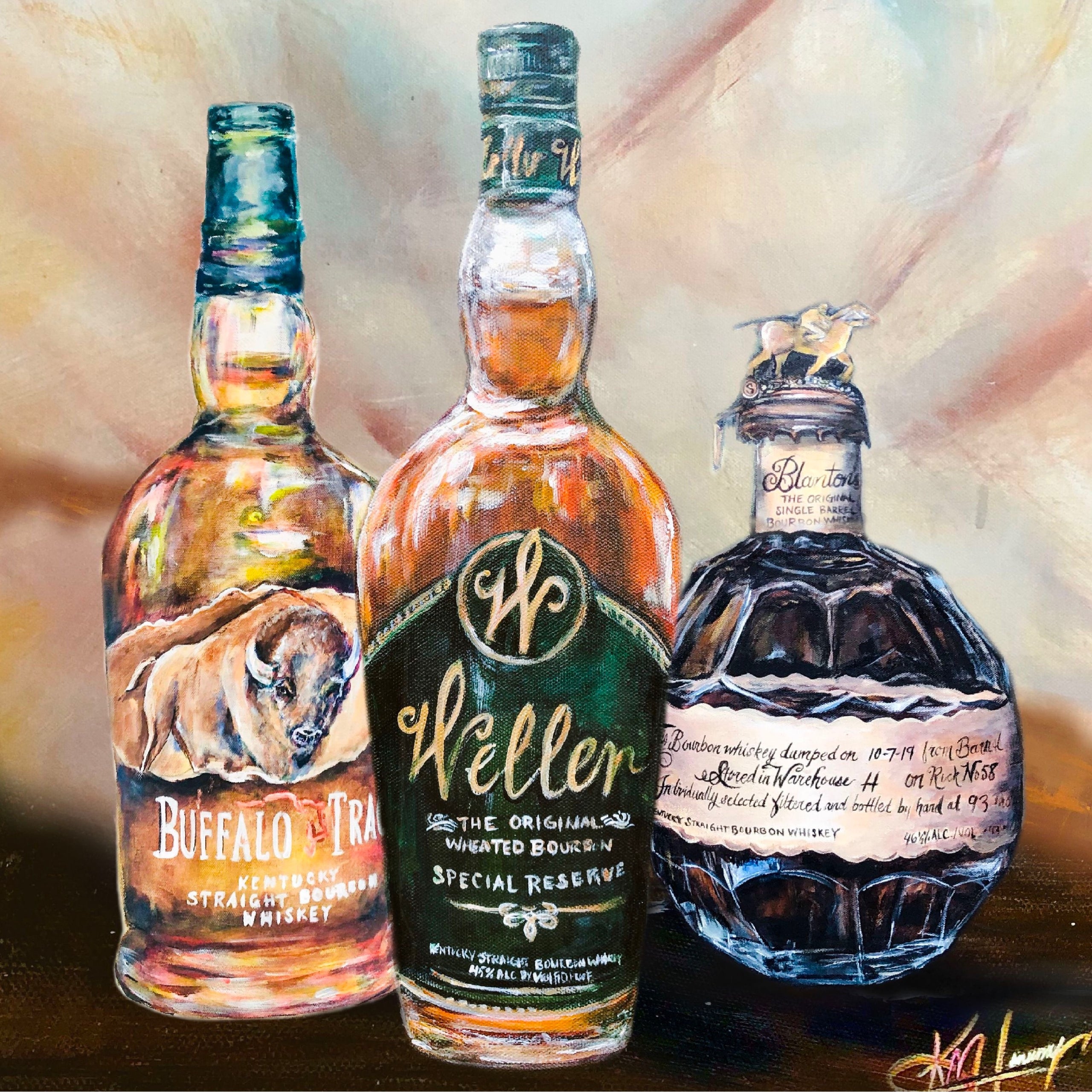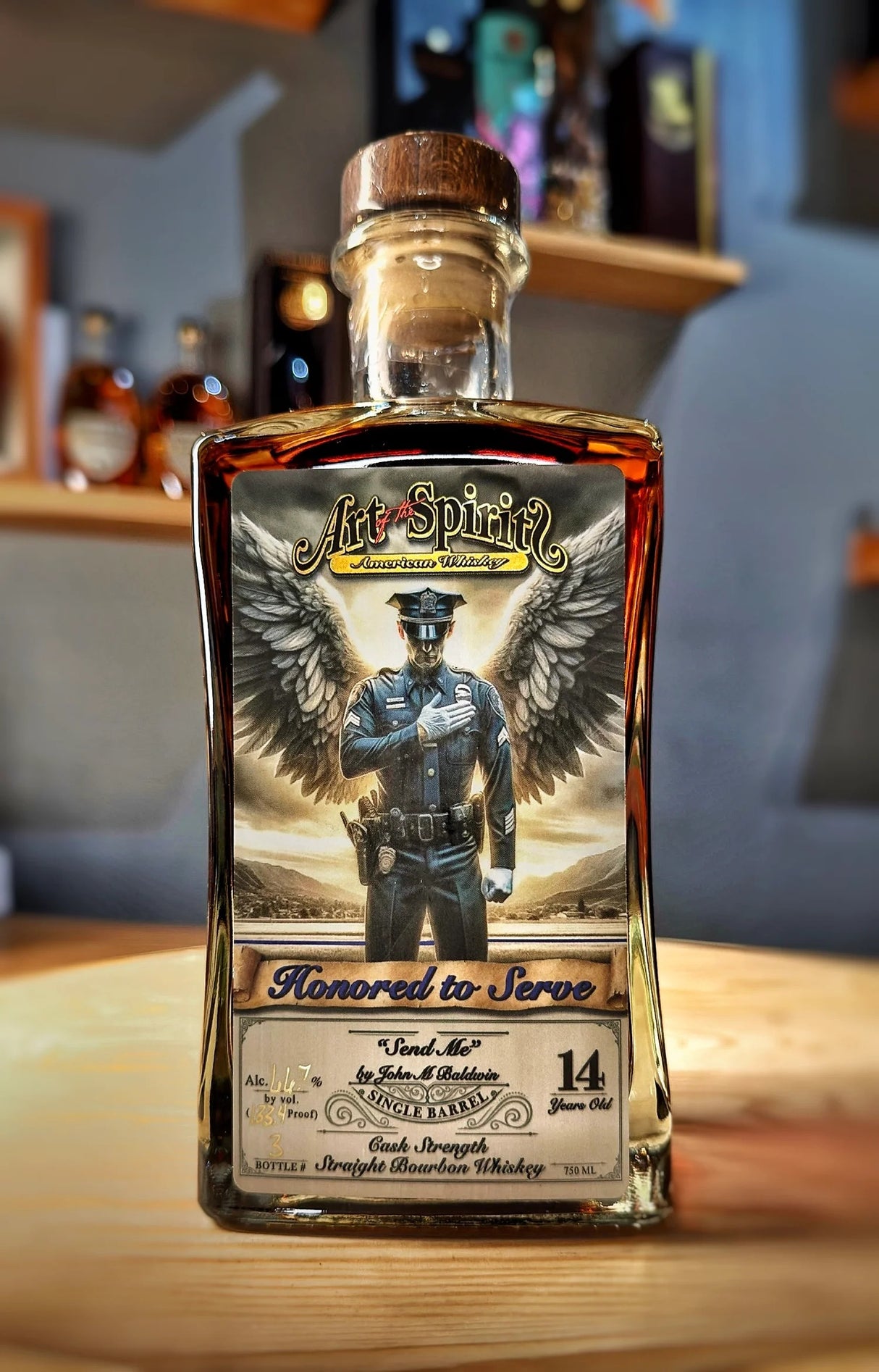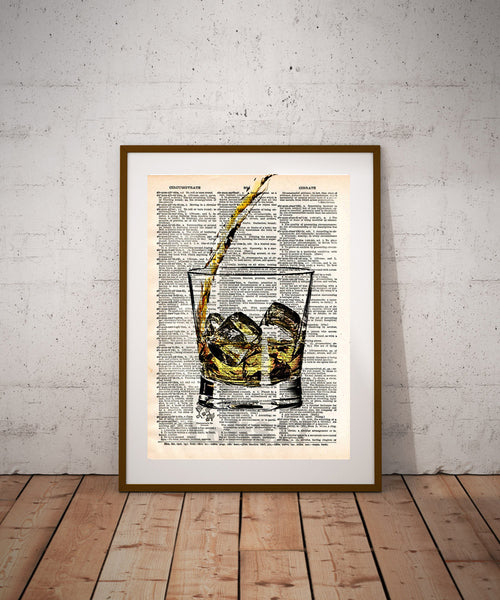Bourbon Art in Contemporary Society: Where Custom Satisfies Advancement
Wiki Article
The Value of Whiskey Art in Celebrating Heritage and Workmanship in the Beverage Sector
The detailed connection between bourbon art and the event of heritage and workmanship within the drink industry can not be overemphasized. With attentively created bottles and tags, scotch brands envelop their historical origins and the artisanal skills that specify their production approaches.The Historical Origins of Whiskey
At the heart of bourbon's allure exists a rich tapestry of historic roots that map back to ancient human beings. The origins of bourbon can be linked to the purification practices of the Sumerians and Babylonians around 2000 BCE, where very early kinds of fermented grain beverages started to emerge. It was in the Middle Ages that the art of purification evolved substantially, specifically in Ireland and Scotland, leading to the creation of scotch as we recognize it today.
The term "whiskey" itself obtains from the Gaelic word "uisce beatha," suggesting "water of life." This phrase highlights the social value of whiskey in Celtic societies, where it was usually connected with rituals, events, and public bonding. By the 15th century, purification became an acknowledged craft within reclusive areas, leading the way for the establishment of legal distilleries.
As trade paths increased, bourbon's appeal expanded, going beyond local borders and recording the interest of connoisseurs worldwide. Whiskey Art. This historical trip shows not just the workmanship behind scotch manufacturing yet additionally its indispensable function in cultural and social contexts, marking it as a significant beverage throughout history
Artistic Expression in Branding
Whiskey branding stands as a compelling intersection of artistry and commerce, where aesthetic identification plays a critical function fit customer assumption. The aesthetic appeals of scotch labels, packaging, and marketing materials mirror not just the brand name's story but also its core values and heritage. Via imaginative expression, distilleries communicate a narrative that resonates with consumers, stimulating feelings and stimulating connections.Making use of shade, typography, and imagery in branding serves to set apart products in a saturated market. Standard motifs might evoke a feeling of authenticity and workmanship, while modern styles can represent technology and forward-thinking. This tactical imaginative direction boosts brand acknowledgment and loyalty, enabling consumers to create an individual connection with the bourbon they choose.
Additionally, artistic expression in branding commonly serves as an event of local heritage. Distilleries frequently integrate neighborhood symbols or historic referrals into their styles, developing a feeling of place that invites customers to take part in a wider social experience. Inevitably, the artistry behind scotch branding not just boosts visual charm however additionally enriches the general story of the brand name, fostering a deeper gratitude for the workmanship and heritage ingrained in each container.
Craftsmanship in Bottle Style
The creativity noticeable in whiskey branding extends beyond visual identity to include the workmanship associated with container design. Each bottle acts as a vessel not just for the spirit within, but likewise for the story it outlines its beginning, top quality, and practice. The layout procedure calls for careful focus to information, as aspects such as product, closure, and form add dramatically to the total understanding of the scotch.Craftsmanship in bottle design includes choosing premium glass that can improve the whiskey's shade and quality, while likewise offering a tactile experience for the customer. The shape of the bottle must be both functional and visually enticing, usually mirroring the heritage of the brand name. Numerous distilleries choose special shapes or printed logo designs that evoke a feeling of credibility and history.
In addition, the tag design and typography play a crucial duty in interacting the brand name's story. Whiskey Art. A More Help well-crafted container not only captivates the customer's eye but additionally reinforces the brand name's commitment to top quality and custom. In this way, the workmanship of bottle style becomes an essential aspect of the bourbon experience, merging virtuosity with a profound regard for heritage
Cultural Relevance of Whiskey Art
Celebrating practice and craftsmanship, the social significance of bourbon art transcends simple aesthetics, intertwining with the historical and social stories of the areas from which it comes from. Each container works as a canvas, illustrating the unique stories, mythology, and traditions that have formed neighborhood whiskey-making practices. The complex layouts frequently mirror the heritage of the distillers, incorporating symbols and themes that reverberate with the society and values of their neighborhoods.
On top of that, whiskey art plays a crucial role in public gatherings and parties, working as a concrete web link between individuals and their shared experiences. By appreciating the creativity in whiskey packaging, customers cultivate a deeper understanding and regard for the craft, inevitably enriching their pleasure of the drink itself.
Modern Trends in Whiskey Discussion
Over the last few years, the presentation of bourbon has actually developed to mirror contemporary tastes and patterns while still recognizing traditional workmanship - Realism Art. Distilleries are increasingly concentrating on visual elements that enhance the general alcohol consumption experience, bridging the gap between heritage and modernityCutting-edge container designs have emerged, commonly including sustainable materials and creative tags that inform engaging tales. Many brands now work together with neighborhood musicians, instilling their products with distinct visual expressions that resonate with consumers. Furthermore, limited-edition launches are usually packaged in collectible containers, adding worth and allure for connoisseurs.

Conclusion
In final thought, scotch art serves as an important channel for revealing the heritage and craftsmanship fundamental in the beverage industry. Through elaborate branding, innovative bottle designs, and culturally significant imaginative components, bourbon brand names successfully honor their customs and connect with consumers.
 find more information
find more information Craftsmanship in container layout includes choosing premium glass that can enhance the whiskey's shade and quality, while likewise offering a tactile experience for the customer. In this method, the craftsmanship of container layout ends up being an important aspect of the bourbon experience, combining artistry with an extensive regard for heritage.
In conclusion, whiskey art offers as an important conduit for sharing the heritage and craftsmanship inherent in the drink market.
Report this wiki page